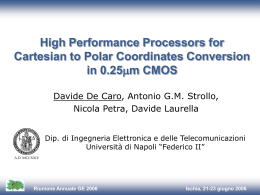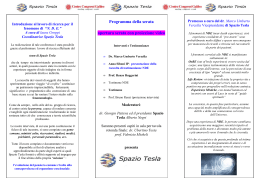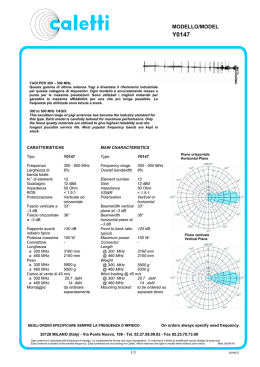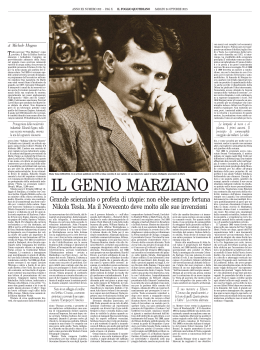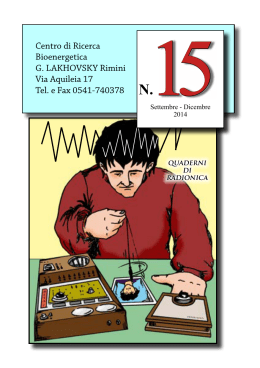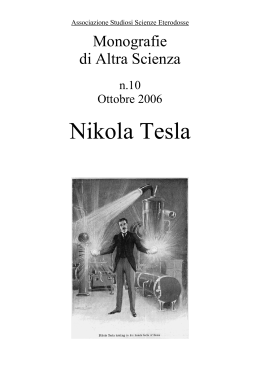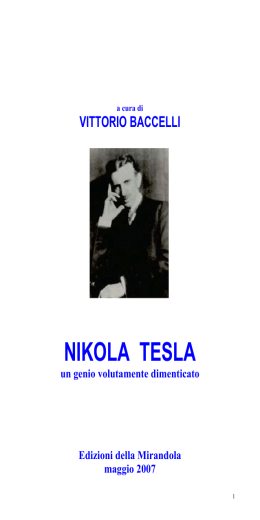Neuroimaging and mathematical modelling Lesson 4: Basics of MRI Nivedita Agarwal, MD [email protected] [email protected] Equipment 4T magnet RF Coil B0 gradient coil (inside) Magnet Gradient Coil RF Coil Protons in a Magnetic Field Bo Parallel (low energy) Anti-Parallel (high energy) Spinning protons in a magnetic field will assume two states. If the temperature is 0o K, all spins will occupy the lower energy state. Protons align with field Outside magnetic field randomly oriented • spins tend to align parallel or anti-parallel to B0 • net magnetization (M) along B0 • spins precess with random phase • no net magnetization in transverse plane • only 0.0003% of protons/T align with field longitudinal axis Mz Inside magnetic field Mxy = 0 transverse plane M Longitudinal magnetization Transverse magnetization Net Magnetization Bo M Bo M =c T Energy Difference Between States Basic Quantum Mechanics Theory of MR Spin System Before Irradiation Bo Lower Energy Higher Energy Basic Quantum Mechanics Theory of MR The Effect of Irradiation to the Spin System Lower Higher Basic Quantum Mechanics Theory of MR Spin System After Irradiation Signal Detection Signal is damped due to relaxation Spin-Lattice (T1) relaxation via molecular motion Effect of temperature Effect of viscosity T1 Relaxation efficiency as function of freq is inversely related to the density of states Spin-Lattice (T1) relaxation Spin-Spin (T2) Relaxation via Dephasing Relaxation Relaxation Spin-Echo Pulse Sequence Multiple Spin-Echo Spatial Localization Here’s a picture of the total magnetic field as a function of position: 19 Spatial Localization " Recall the Larmor equation: ω = γ Bo For hydrogen: γ = 42.58 MHz/Tesla = 42.58 x 106 Hz/Tesla Calculating the center frequency at 1.5 Tesla: ω = γ Bo ω = (42.58 MHz / Tesla)(1.5 Tesla) ω = 63.87 MHz 20 Spatial Localization What are the frequencies at Inferior 20cm and Superior 20cm? At I 20cm, Btot = 1.499 T: ωΙ = γ Btot ωΙ = (42.58 MHz / Tesla)(1.499 Tesla) ωΙ = 63.827 MHz At S 20cm, Btot = 1.501 T: Difference in frequencies: .086 MHz ωS = γ Btot ωS = (42.58 MHz / Tesla)(1.501 Tesla) ωS = 63.913 MHz 21 Two-Dimensional Fourier Transform MRI (2DFT) Receiver Coil Example #2: two spin case, with different frequencies Spin #1 Spin #2 + = Summed signal can be complicated…but, this is useful. 22 Phase and Frequency Encoding Consider an MRI image composed of 9 voxels (3 x 3 matrix) All voxels have the same precessional frequency and are all “in phase” after the slice select gradient and RF pulse. 23 Phase and Frequency Encoding (continued) When the Y “phase encode gradient” is on, spins on the top row have relatively higher precessional frequency and advanced phase. Spins on the bottom row have reduced precessional frequency and retarded phase. 24 Phase and Frequency Encoding (continued) While the frequency encoding gradient is on, each voxel contributes a unique combination of phase and frequency. The signal induced in the RF coil is measured while the frequency encoding gradient is on. 25 26 k - space (continued) The central row of k-space is measured with the phase encode gradient turned off. An FFT of the data in the central row produces a projection or profile of the object. 27 Linee centrali del K spazio- basse frequenze: risoluzione di contrasto. Linee periferiche del K spazio-alte frequenze: risoluzione spaziale SEQUENZA: insieme di impulsi di RF di eccitazione, dei gradienti di campo e della lettura degli echi. SPIN ECHO: impulso a 90° seguito dopo un tempo T da uno a 180°. Viene ripetuta tante volte quante sono i passi della codifica di fase. L ampiezza del segnale dipende dalla MT che a sua volta dipende dalla ML Scegliendo un TI pari al null point di un determinato tessuto annullo il segnale di quel tessuto STIR FLAIR STAIR FAST o TURBO SPIN-ECHO FSE-TSE ETL echo train lenght ; treno di echi a 180° dopo quello a 90°. Sono codificati da un diverso g di codifica di fase: contemporanea trascrizione di più linee dello spazio K. ES echo spacing; intervallo tra gli echi ETL ES Sequenze ultrarapide: EPI, HASTE EPI Echo Planar Imaging: tecnica veloce TA 20 msec. Codifica dell informazione spaziale dopo un impulso RF seguito da multiple e rapide inversioni del gradiente di lettura . Tecnica single shot (unico impulso) o multi shot. Combinabili con vari tipi di sequenze convenzionali Vantaggi: indagini veloci. Indagini funzionali diffusione Svantaggi: elevata suscettibilità magnetica perfusione.
Scarica
